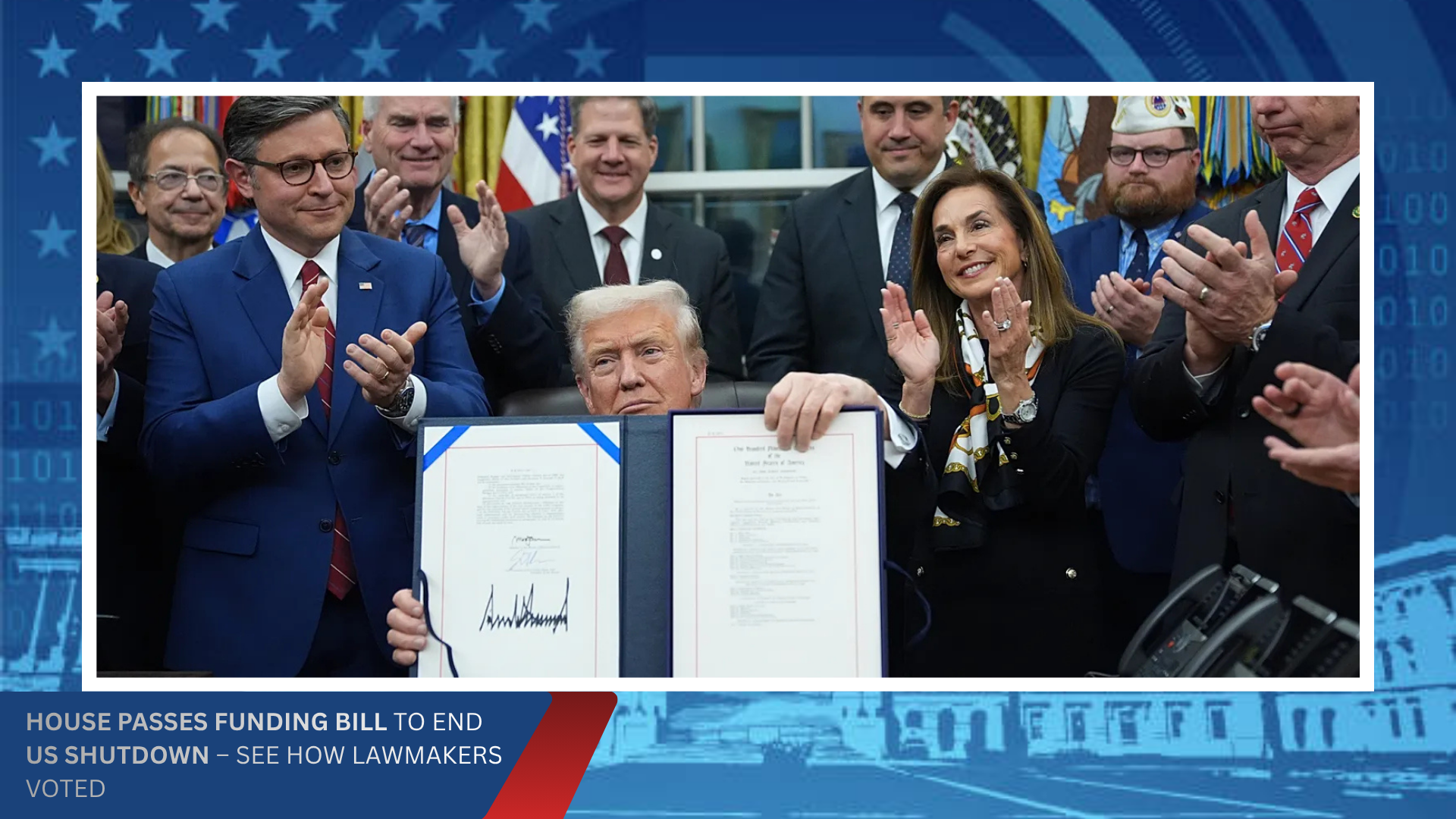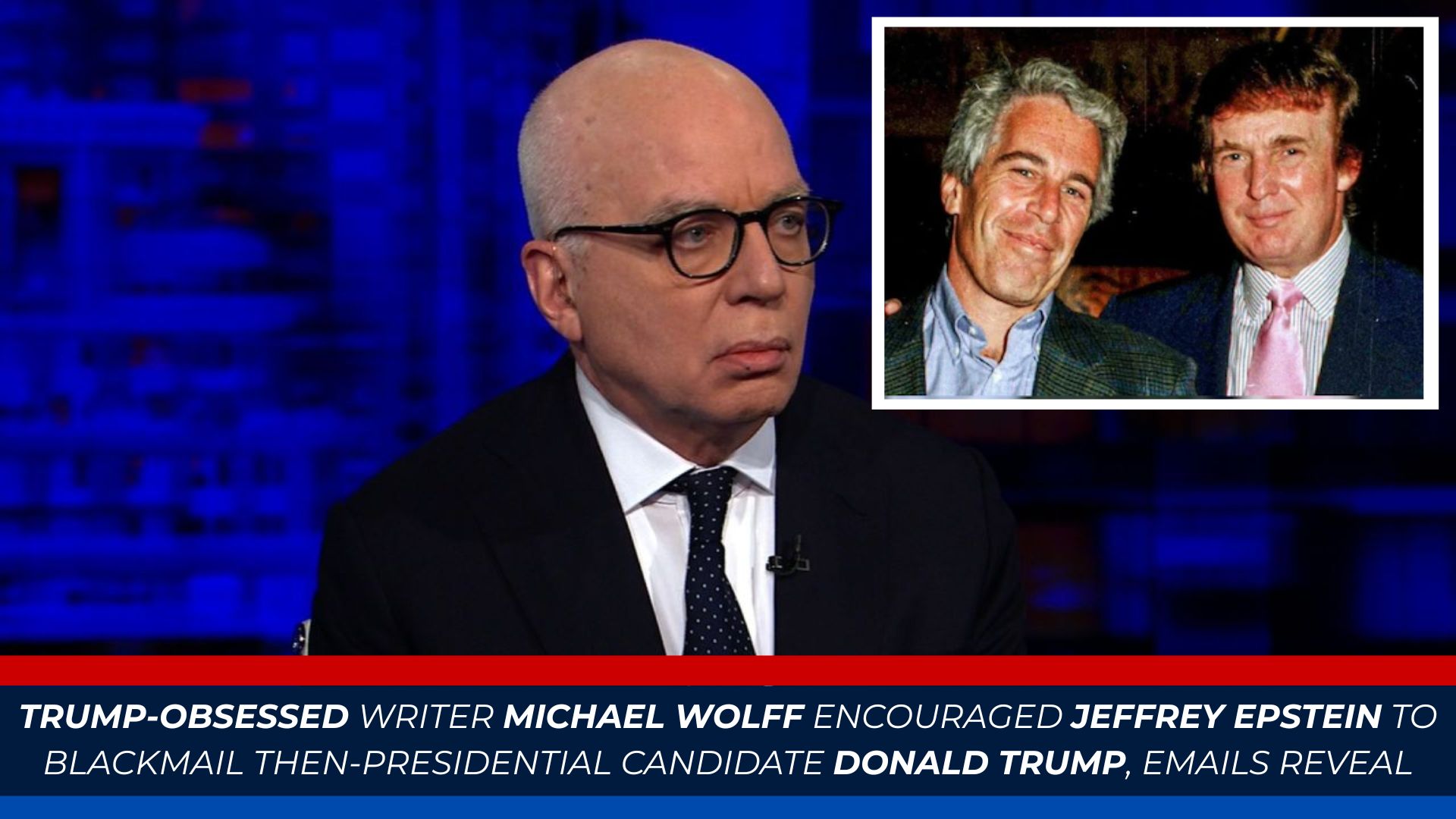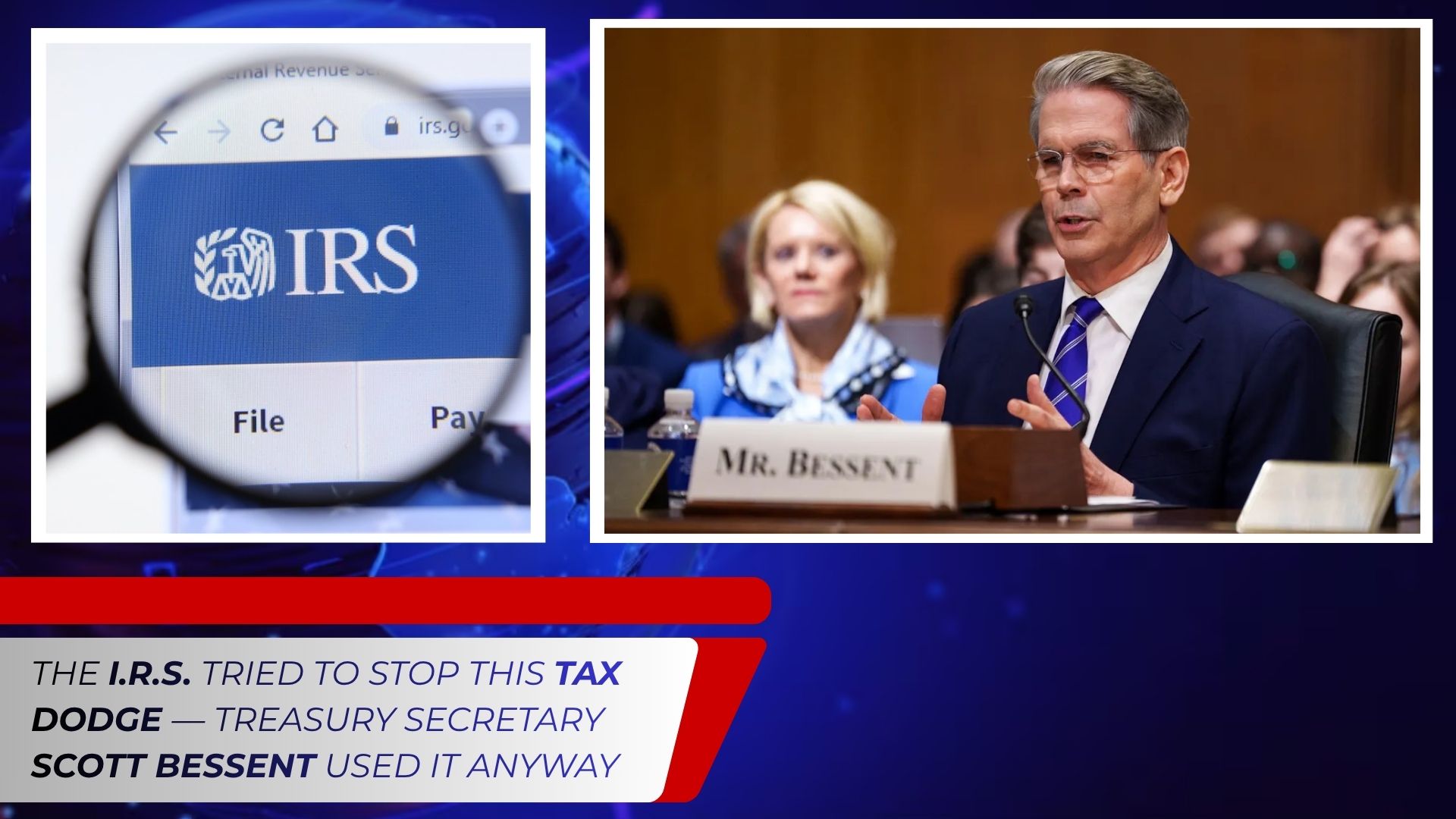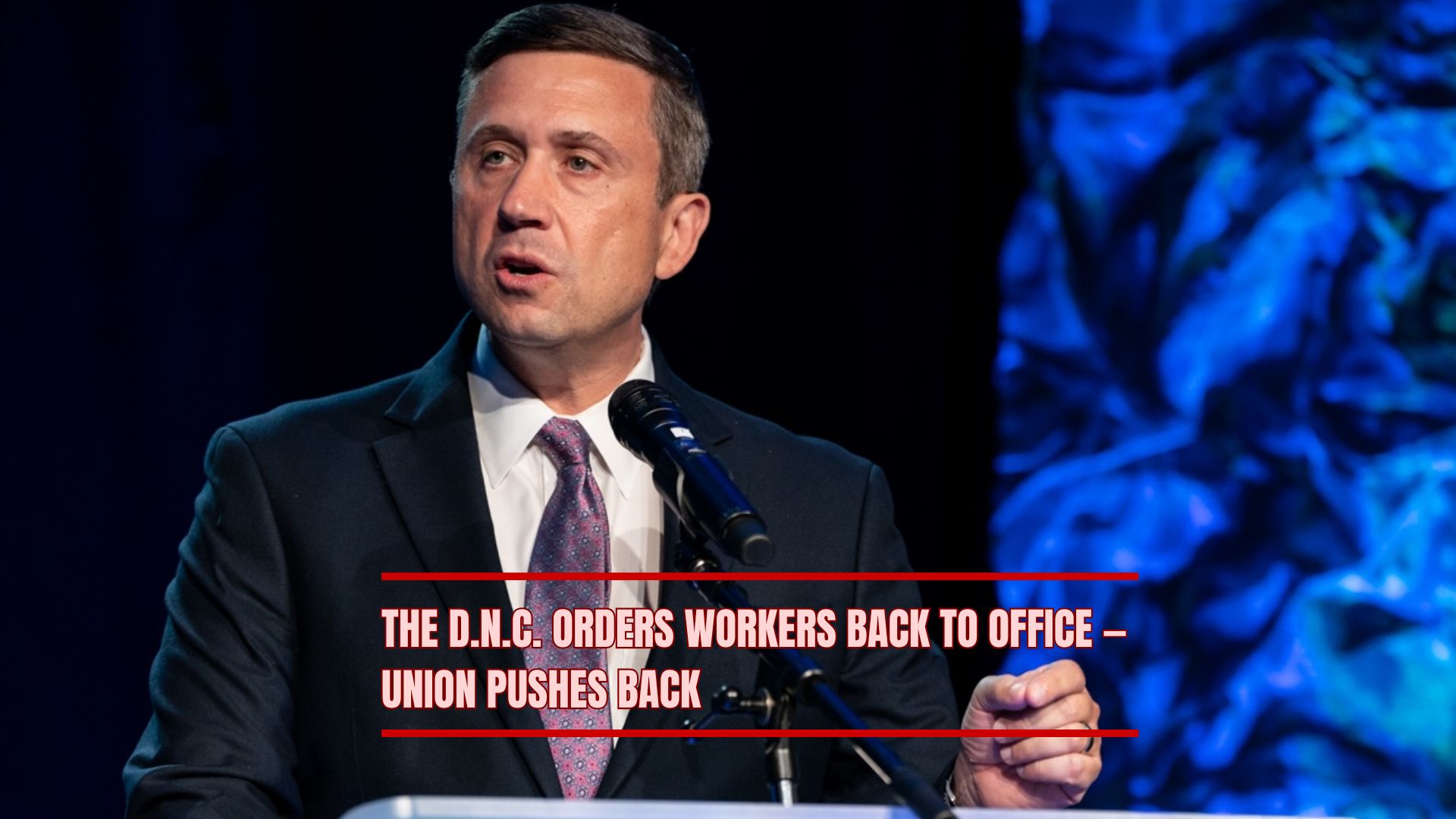President Donald Trump’s hardline immigration crackdown — dubbed Operation Midway Blitz — continues to spark controversy and legal challenges in Chicago, where federal agents, local residents, and the courts are clashing over the scope of federal power and civil liberties.
The operation, launched on September 8, was billed by the Department of Homeland Security (DHS) as an aggressive effort to target “the worst of the worst” among undocumented immigrants. Federal officials say more than 1,500 people have been arrested so far, though independent verification remains limited.
The operation has seen striking visuals: helicopters rappelling federal agents onto apartment rooftops, lengthy highway pursuits, and tense confrontations with protesters. Yet, beyond the drama, a series of ongoing court cases could determine how far the administration can go in enforcing its immigration policies — and whether the use of troops on domestic soil can be legally justified.
A Legal Tug-of-War Over Troop Deployment
Perhaps the most high-profile question surrounding the Chicago crackdown is whether President Trump can deploy National Guard troops to assist DHS and ICE agents.
In early October, the administration announced plans to send hundreds of Illinois and Texas National Guard members to support immigration enforcement in the Chicago region, arguing that local resistance had reached “rebellious” levels.
White House attorneys contended that agents were facing violent interference and that the National Guard was necessary to “restore order and enforce federal law.”
However, Illinois Attorney General’s Office filed suit to block the move, arguing that the deployment violated the Posse Comitatus Act, which restricts the military from performing domestic law enforcement duties.
On October 10, U.S. District Judge April M. Perry issued an injunction halting the deployment. In her order, she questioned whether the administration’s justification was “tethered to reality,” citing a lack of verifiable evidence that conditions in Chicago met the legal threshold for military involvement.
Trump’s legal team appealed, but the Seventh Circuit Court of Appeals upheld Perry’s ruling in a unanimous decision, calling it a “critical check on executive overreach.” The case is now before the U.S. Supreme Court, which could issue a landmark decision on the limits of presidential power in immigration enforcement.
For now, the administration has agreed not to deploy troops until the Supreme Court rules. Legal experts believe that move signals quiet confidence — suggesting the White House anticipates a favorable decision.
Chemical Weapons and Court-Ordered Oversight
Another flashpoint in the Chicago crackdown involves the use of chemical agents during protests and raids.
On October 9, journalists, clergy, and protesters filed a lawsuit accusing DHS agents of excessive force, citing numerous incidents where tear gas, pepper spray, and other non-lethal weapons were used without warning.
In court, Deputy Assistant Attorney General Eric Hamilton defended the actions, saying agents had deployed roughly $100,000 worth of non-lethal weapons to disperse “rioters” obstructing immigration operations.
Judge Sara L. Ellis, presiding over the case, swiftly imposed restrictions. Her order limited the use of chemical agents and required federal agents to wear visible identification. When reports surfaced that agents were failing to comply, Ellis amended her ruling on October 16 to mandate body-worn cameras and summoned top DHS officials to testify.
During testimony, CBP Deputy Incident Commander Kyle Harvick and ICE Deputy Field Director Shawn Byers insisted agents were following protocol. They claimed that warnings were issued before chemical deployment — a statement locals strongly dispute.
Harvick also defended an incident in which a Chicago pastor, Rev. David Black, was struck in the head with a pepper ball during a protest, saying the pastor “was given multiple commands to move.”
Critics, however, view the federal tactics as excessive. “Agents have created a war zone in our community,” said one local activist. “We’re seeing federal power used as intimidation, not protection.”
Protesters and Criminal Charges
The Broadview detainee processing facility, a central hub for ICE operations near Chicago, has become the epicenter of local protest. Demonstrations there have led to dozens of arrests and multiple confrontations between activists and federal agents.
On September 29, Attorney General Pam Bondi declared on X (formerly Twitter) that “violence against federal officers will not be tolerated” and vowed to prosecute offenders “to the fullest extent.”
Yet federal prosecutors have faced setbacks. Of five people charged in connection with protest-related incidents, four have had charges dropped, while the remaining defendant, Dana Briggs, a 70-year-old veteran, now faces only misdemeanor charges.
Two other protesters, Ray Collins and Jocelyne Robledo, were initially accused of violent resistance but later cleared after a grand jury declined to indict them — an uncommon outcome in federal court. Both were found to be legally carrying firearms, undercutting claims that they posed a violent threat.
Violence and High-Profile Criminal Cases
The crackdown has also led to violence on both sides.
In one of the most shocking cases, Juan Espinoza Martinez, a 37-year-old Mexican national, stands accused of offering a $10,000 bounty for the killing of Chief Gregory Bovino, a senior Customs and Border Protection commander overseeing Operation Midway Blitz.
Prosecutors say Martinez offered payments via Snapchat for anyone willing to “take down” Bovino. His attorney insists the messages were fabricated. A jury trial is scheduled for January 20.
In another case, Miramar Martinez, who was shot by a Border Patrol agent after allegedly ramming a federal vehicle, faces charges of assaulting an officer. Her defense argues she was attacked without cause. The trial is set for February 2.
Local Leaders Push Back
The federal crackdown has also drawn fierce criticism from local officials. Alderperson Jessie Fuentes, a member of Chicago’s City Council, filed a lawsuit after she was briefly detained by federal agents while questioning them about a warrant at a local hospital.
Fuentes alleges she was handcuffed and threatened with arrest for interfering in an immigration operation. Her lawsuit seeks $100,000 in damages under the Federal Tort Claims Act, a rare mechanism used to hold the U.S. government accountable rather than individual agents.
“Federal officers do not get to operate without accountability,” Fuentes said. “Chicago is not a war zone.”
Immigration Agents Under Scrutiny
Meanwhile, federal judges continue to monitor whether ICE and Border Patrol are violating a 2022 settlement that limits warrantless arrests in the Chicago region.
The Northern District of Illinois settlement strictly restricts when agents can detain individuals during traffic stops or without judicial warrants. Attorneys with the National Immigrant Justice Center (NIJC) say agents have already violated that agreement at least 22 times.
In those cases, the judge ordered the release of detainees and required retraining for the agents involved. NIJC attorney Mark Fleming said his team plans to continue flagging violations. “The law is clear,” he said. “If federal officers continue to ignore it, we’ll continue to hold them accountable.”
What Comes Next
As legal battles mount, Operation Midway Blitz remains a defining test of how far a president can go in pursuing immigration enforcement within U.S. cities. Between the pending Supreme Court case, lawsuits over excessive force, and questions about accountability, Chicago has become ground zero for a larger national fight over federal power, local rights, and due process.
“The Constitution doesn’t vanish at the city limits of Chicago,” said one civil rights attorney. “This is where we’ll see whether checks and balances still work.”
%20(4).png)



.png)





